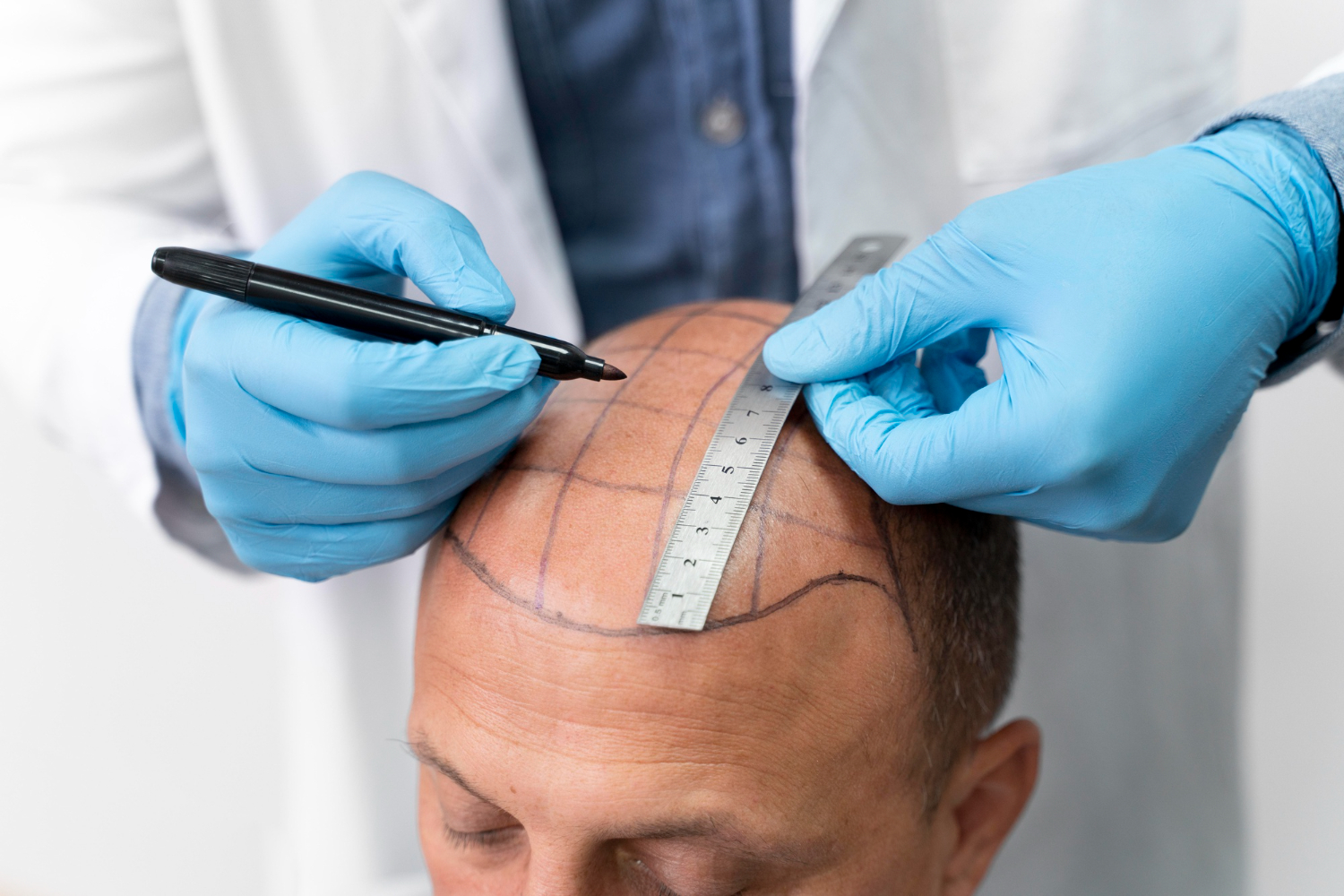Stem Cell and Exosome Treatments
Working Time
- Mon-Thu 08:00 – 20:00
Friday 07:00 – 22:00
Saturday 08:00 – 18:00
Contact Info
-
Phone: +90 532 379 48 66
+90 536 034 48 66
Ask the Experts

What is Stem Cell Therapy?
Stem cell therapy is an advanced medical treatment that utilizes the regenerative properties of stem cells to repair and rejuvenate damaged tissues. These undifferentiated cells have the unique ability to develop into various cell types, aiding in the restoration of healthy tissue. In the context of hair restoration, stem cell therapy can stimulate hair follicles, enhance hair growth, and improve hair density by promoting cellular repair and regeneration. This innovative approach harnesses the body’s natural healing capabilities to achieve long-lasting results.
What is Exosome Therapy?
Exosome therapy involves the use of exosomes, which are tiny extracellular vesicles derived from stem cells. These vesicles contain potent growth factors, proteins, and genetic material that play a crucial role in cell communication and tissue regeneration. Exosome therapy is particularly effective in promoting hair growth and improving scalp health. By delivering these regenerative components directly to the scalp, exosome therapy can stimulate dormant hair follicles, increase hair density, and enhance the overall quality of the hair.
Differences Between Stem Cell Therapy and Exosome Therapy
While both stem cell therapy and exosome therapy aim to promote hair growth and improve hair quality, there are key differences between the two treatments:
- Source: Stem cell therapy uses actual stem cells harvested from the patient’s own body or from donor sources. Exosome therapy, on the other hand, utilizes the signaling molecules and growth factors secreted by stem cells, not the stem cells themselves.
- Mechanism: Stem cells can differentiate into various cell types and contribute directly to tissue regeneration. Exosomes work by delivering growth factors and other signaling molecules that instruct cells to repair and regenerate.
- Application: Stem cell therapy often involves extracting stem cells from fat tissue or bone marrow and injecting them into the scalp. Exosome therapy typically involves injecting exosomes directly into the scalp to deliver regenerative signals to the hair follicles.
Am I Suitable for These Treatments?
Eligibility for stem cell and exosome therapies depends on several factors, including overall health, medical history, and specific hair loss conditions. It is important to note the contraindications for each treatment:
- Stem Cell Therapy:
- Contraindications:Individuals with cancer, infections, or autoimmune diseases may not be suitable candidates. Those undergoing immunosuppressive therapy or having a history of allergic reactions to components used in the treatment should also avoid stem cell therapy.
- Exosome Therapy:
- Contraindications: Similar to stem cell therapy, individuals with active infections, cancer, or autoimmune diseases may not be eligible. Additionally, those with severe scalp conditions or hypersensitivity to the treatment components should avoid exosome therapy.
A thorough medical evaluation by our experienced doctors is essential to determine your suitability for these advanced treatments.
Which Treatment Should I Choose?
Deciding between stem cell therapy and exosome therapy can be challenging, as both offer significant benefits for hair restoration. The best approach is to undergo a detailed examination by our skilled medical team. Following this comprehensive assessment, a personalized treatment protocol tailored to your specific needs and conditions will be developed. This ensures that you receive the most effective and appropriate treatment to achieve optimal hair growth and health.
